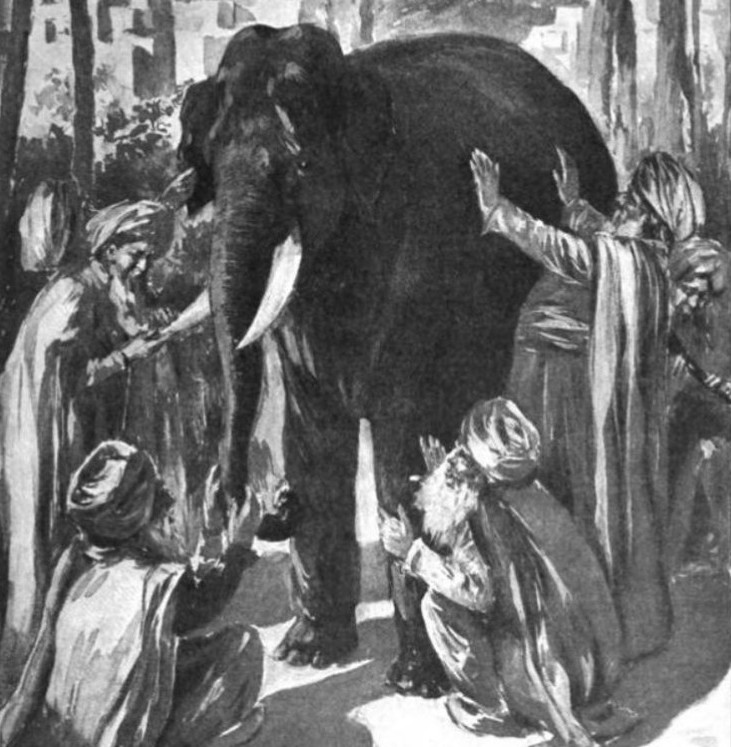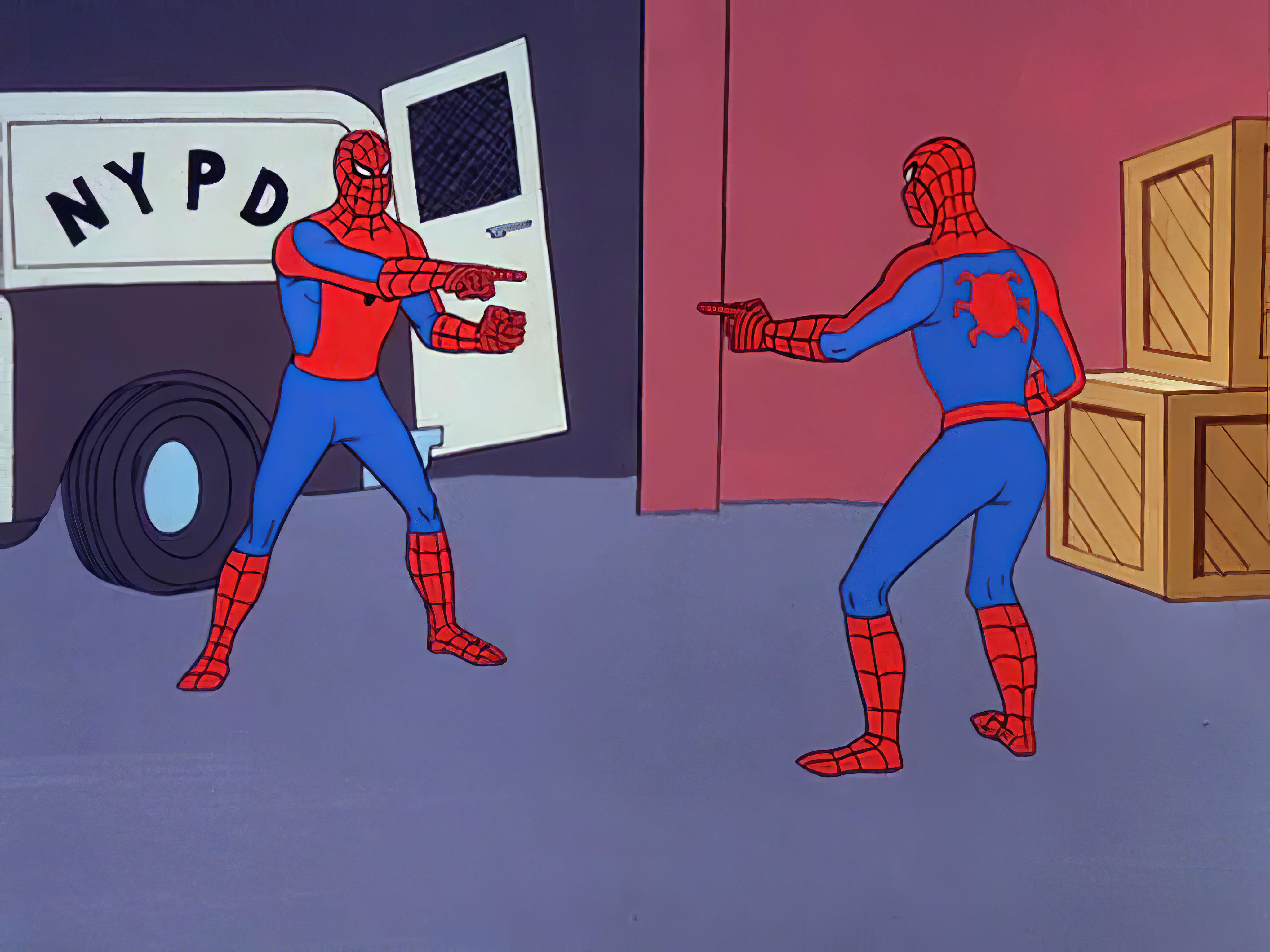Research

Species coexistence under changing environment
Species interactions are central for the persistence of nearly every form of life on Earth. Ecological networks provide an integrated representation of how species interactions are organized within ecological communities. The environment, with all its unpredictable shifts in weather, resources, and threats, continuously alters the rules of the game (perspective and review). Our work aims to provide an integrated approach to understand how spatio-temporal variability of the environment affects the structure of ecological networks (feasibility domain, feasibility-stability), and how they jointly drive the patterns of species coexistence that we observe in nature (ecological assembly, nested pattern, phenology, interaction modification, and competitive exclusion).

Biomonitoring from incomplete surveys
Ecological systems are complex, and our understanding of them is often incomplete. However, the conclusions derived from the characterized part of an ecological system may be completely misleading due to the influence of the uncharacterized remainder. Our research aims to establish links between the small snapshots of data that ecologists and conservationists feasibly collect, and the big picture conclusions about ecosystem health demanded by policymakers, scientists, and society. Examples include the persistence of local multi-species communities, and of spatial metapopulation.

Conceptual unification of theoretical approaches
Many theoretical approaches coexist on the same ecological issue. This generates a source of context-dependency in practice: seemingly incompatible theoretical and computational approaches to the same ecological issue. Our research aims to show under what conditions these approaches tell a similar story, and what can be learned when they do not coincide. Examples include species interactions, beta diversity, coexistence measure, modern coexistence theory, and ecosystem resilience.

Discontinuity and predictability of ecological assembly
The timing and order of species arrivals have a strong random component. Increasing empirical evidence has shown that different assembly histories affect the diversity, composition, and functioning of ecological communities. However, most of our current theoretical understanding is based on 2-species Lotka-Volterra dynamics, making unclear whether the diversity and complexity of priority effects increase beyond these models and when considering multispecies communities. Our work has established a nonparametric framework, based on homology theory and graph theory, to uncover the order and structure of ecological assembly.

Statistical physics for ecological time series
Population abundance is the ever-present variable in the equation of life on Earth. Since the beginning of modern ecology, ecologists have sought to infer the underlying ecological processes from time series data on population abundance. However, ecological time series are typically short in the length, and many other interacting species are not observed. Our work aims to apply a statistical physics approach to understanding the structure of ecological time series. Examples include rigorous (in)validation of ecological model, and irreversibility of ecological dynamics.